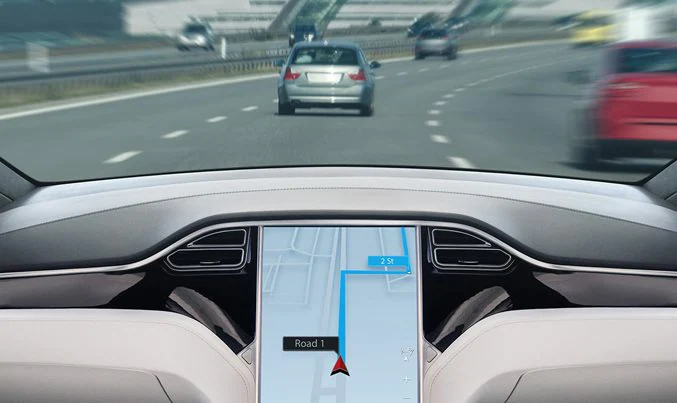
The Future of Autonomous Driving: What To Expect
Visions of driverless cars have captured consumers’ imaginations and attracted billions in investments, but questions still abound as to how these driverless cars will function in everyday use.
Automakers and suppliers must create a customer-focused autonomous driving go-to-market strategy and acquire new technological capabilities in order to make vehicles safe enough for consumers to accept.
What’s the Future of Driverless Cars?
Driverless cars are becoming a reality and will undoubtedly change our lives for the better. Their many benefits will include safer roads, reduced fossil fuel usage and decreased transportation costs.
Autonomous cars use cameras and sensors to map their environment, then plan out the best path to their destinations based on this map. This includes avoiding static and moving obstacles like pedestrians. They will also stay in communication with other vehicles so they can immediately alert them of any potential risks or hazards that arise.
One of the primary concerns regarding autonomous car technology is what will happen in an accident between one of these autonomous cars and a pedestrian, who could then sue. Uber even cancelled its self-driving program in Arizona due to this uncertainty.
How Will Driverless Cars Work?
Self-driving cars must build an accurate map of their environment in order to drive themselves autonomously, using sensors located throughout their vehicles such as radar and video cameras to detect traffic lights, road signs, other vehicles and pedestrians; Lidar sensors bounce pulses of light off objects in their surrounding environment to identify objects, measure distances and detect lane markings; all this data is then combined by a computer into a current location estimate and path plan.
Autonomous cars are expected to eliminate human error, the primary source of car accidents. Furthermore, autonomous cars will help reduce traffic congestion and boost productivity among commuters.
Though fully driverless cars offer numerous advantages, there remain several obstacles in their path. One major concern is cost, which will initially limit how many consumers purchase one; technical challenges including computer malfunction; and finally state regulatory and legislative hurdles which must be cleared away in order for full deployment to occur.
How Will Driverless Cars Be Powered?
Imagine getting in a driverless car, entering your destination via voice recognition or typing and relaxing as you get from point A to B safely. Imagine reading, surfing the web or sleeping as your ride takes you directly to work or home for dinner with family – then doing all this again on the return journey!
Software onboard vehicles processes all the sensory input a vehicle generates — radar, high-powered cameras, lasers and a host of other sensors — before plotting out an itinerary for actuators to control acceleration, braking and steering. Hard-coded rules, predictive modeling and object recognition help the software abide by traffic laws while navigating obstacles safely.
There remain many uncertainties as to whether autonomous vehicles will prove safer than human drivers. Companies like Zoox claim their robot drivers won’t become distracted, tired or take unnecessary risks – yet that doesn’t take into account pedestrians, other drivers or weather conditions such as snow – one challenge automakers and tech giants still grappling with today.
What Will Driverless Cars Be Like?
Driverless cars will soon be capable of sensing their environment, navigating around obstacles, obeying traffic laws and reaching predetermined destinations without human assistance. A combination of cameras, radar, sonar, GPS, lidar and other sensors will enable driverless cars to see ahead and avoid collisions with other vehicles and objects on the road ahead.
These cars will also be capable of communicating with each other and their sensors will adjust for weather or driving conditions that might make the car unsafe or ineffective – something which is especially helpful as many factors such as ice, snow or rain could potentially cause it to lose control and be taken control by itself.
Self-driving vehicles will recognize your destination and will take the path that best fits with your schedule, which should lead to fewer accidents, increased fuel efficiency, and less emission of harmful gases.


